
Foxtail seeds are relatively small, so detecting them once they
enter a dog’s body can be difficult. Veterinarians usually rely
on telltale symptoms. Foxtail seeds in the ears, nose, eyes, and
under the skin are very serious and can ultimately be
life-threatening if they are not treated promptly.
If a foxtail seed has been inhaled and lodged in the nasal
cavity, the dog will sneeze repeatedly and violently, often
banging their nose on the floor with each sneeze in a futile
attempt to dislodge the seed. It is often possible to sedate the
animal, locate the seed with an otoscope, and remove it using
special forceps.
If a foxtail seed is lodged in the paw or under the coat, a lump
will usually form that is painful to touch. Depending on how
deep the foxtail seed has traveled, they can usually be
surgically removed.
When a foxtail seed get into a dog’s eye, they will usually paw
at the eye and the eye will water. Even if you can see a foxtail
lying under the eyelid, don’t try to remove it yourself! There’s
a good chance that you may not get it all. Keep your dog from
pawing at their eye and get to a vet immediately.
If your dog gets a foxtail in their ear, they will usually shake
their head violently from side to side. If you suspect a
foxtail, get your dog to a vet immediately. The best way to
handle foxtail problems is to prevent them!
>Avoid foxtail infested areas.
>Thoroughly brush and inspect your dog’s coat if it has been
romping through tall, mature grass. Run your hands over their
coat and look for foxtails. Dogs with long hair are particularly
susceptable to foxtail seeds.
>Look into your dog’s ears. If your dog has floppy ears, lift
each ear and inspect.
If you believe your dog has a foxtail seed lodged somewhere in
its body, get to a vet IMMEDIATELY. The longer you wait, the
deeper the foxtail may travel, the more damage it may do, and
the more difficult it may be to treat.
The above is general veterinary information. Do not begin
any course of treatment without consulting your regular
veterinarian. All animals should be examined at least once every
12 months.
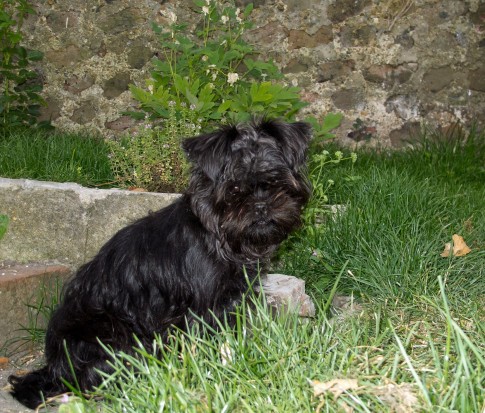 More About The Affenpinscher Dog - Pros And Cons Of Ownership
More About The Affenpinscher Dog - Pros And Cons Of Ownership
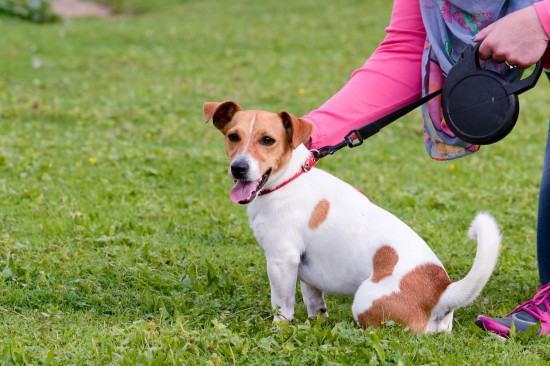 Potential Reasons For Finding Blood In Your Dog’s Urine
Potential Reasons For Finding Blood In Your Dog’s Urine
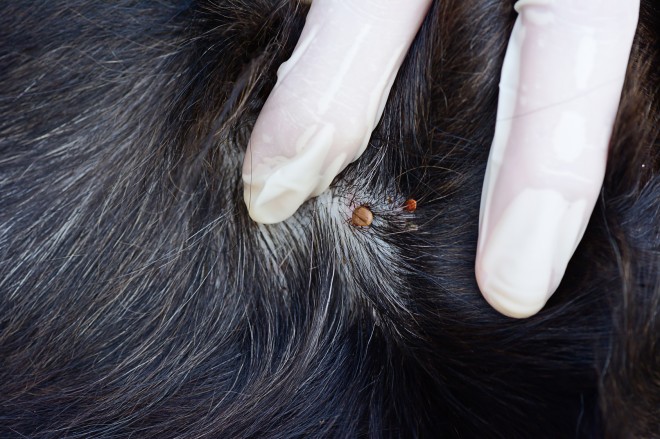 How Do Dogs Catch Fleas, Ticks And Other Parasites?
How Do Dogs Catch Fleas, Ticks And Other Parasites?
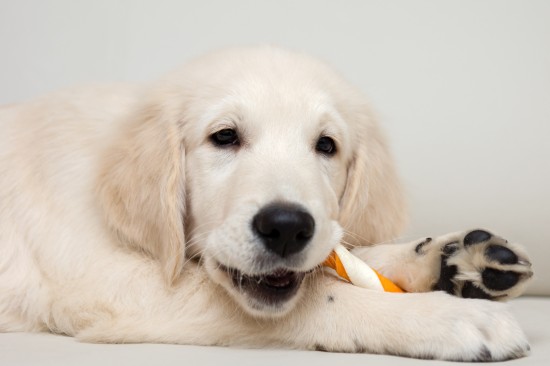 Some Of The Stranger Forms Of Canine Behaviour Decoded
Some Of The Stranger Forms Of Canine Behaviour Decoded
 Chicken houses with runs keeps your chicken happy
Chicken houses with runs keeps your chicken happy
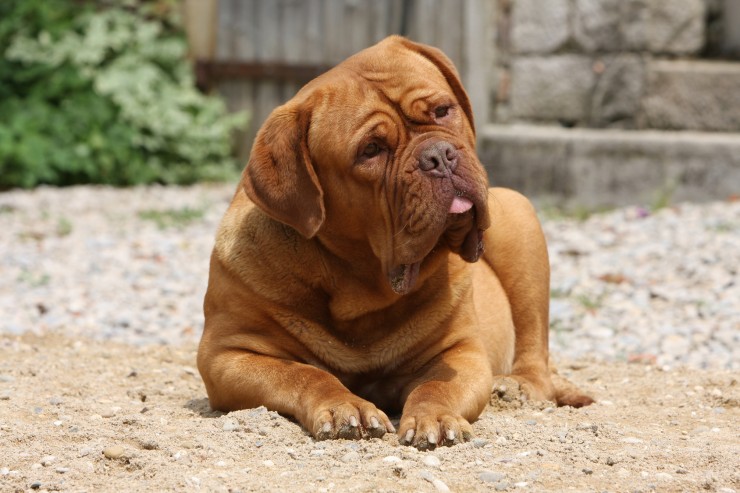 How The Size And Breed Of Your Dog Affects Their Health In Old Age
How The Size And Breed Of Your Dog Affects Their Health In Old Age
Copyright © 2005-2016 Pet Information All Rights Reserved
Contact us: www162date@outlook.com